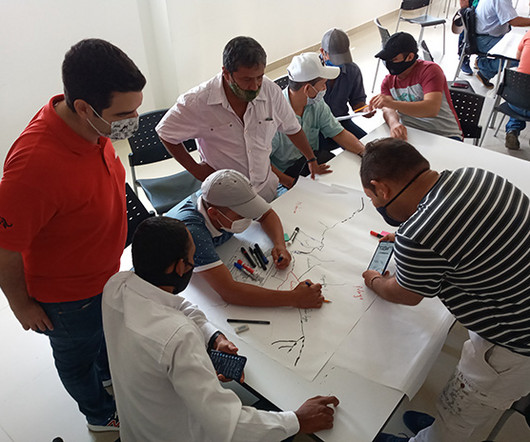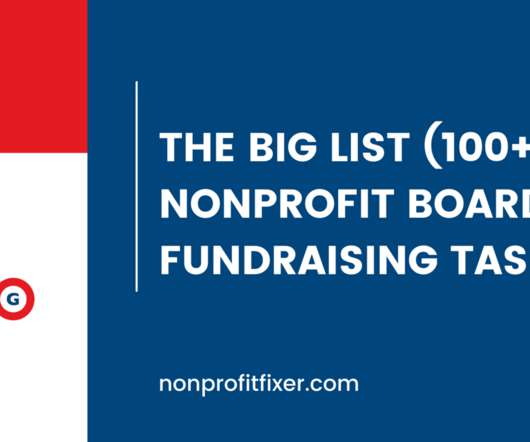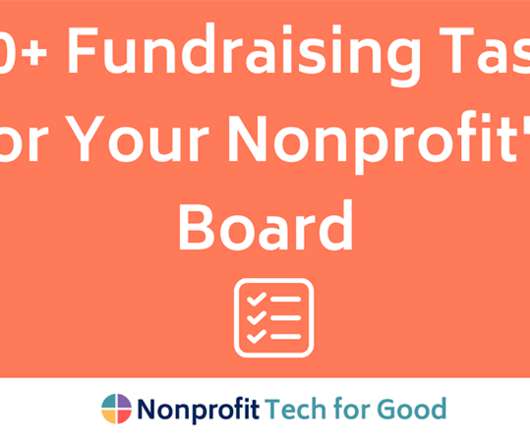Movements Are Leading the Way: Reenvisioning and Redesigning Laws and Governance for a Just Energy Utility Transition
NonProfit Quarterly
JANUARY 18, 2024
Image credit: Yannick Lowery / www.severepaper.com Editors’ note: This article is from Nonprofit Quarterly Magazine ’s fall 2023 issue, “How Do We Create Home in the Future? Moreover, a significant proportion of utility governing boards comprises utility workers and frontline community members.




















Let's personalize your content